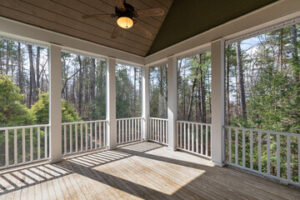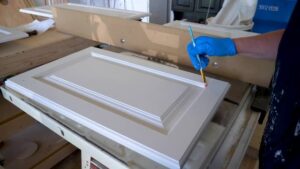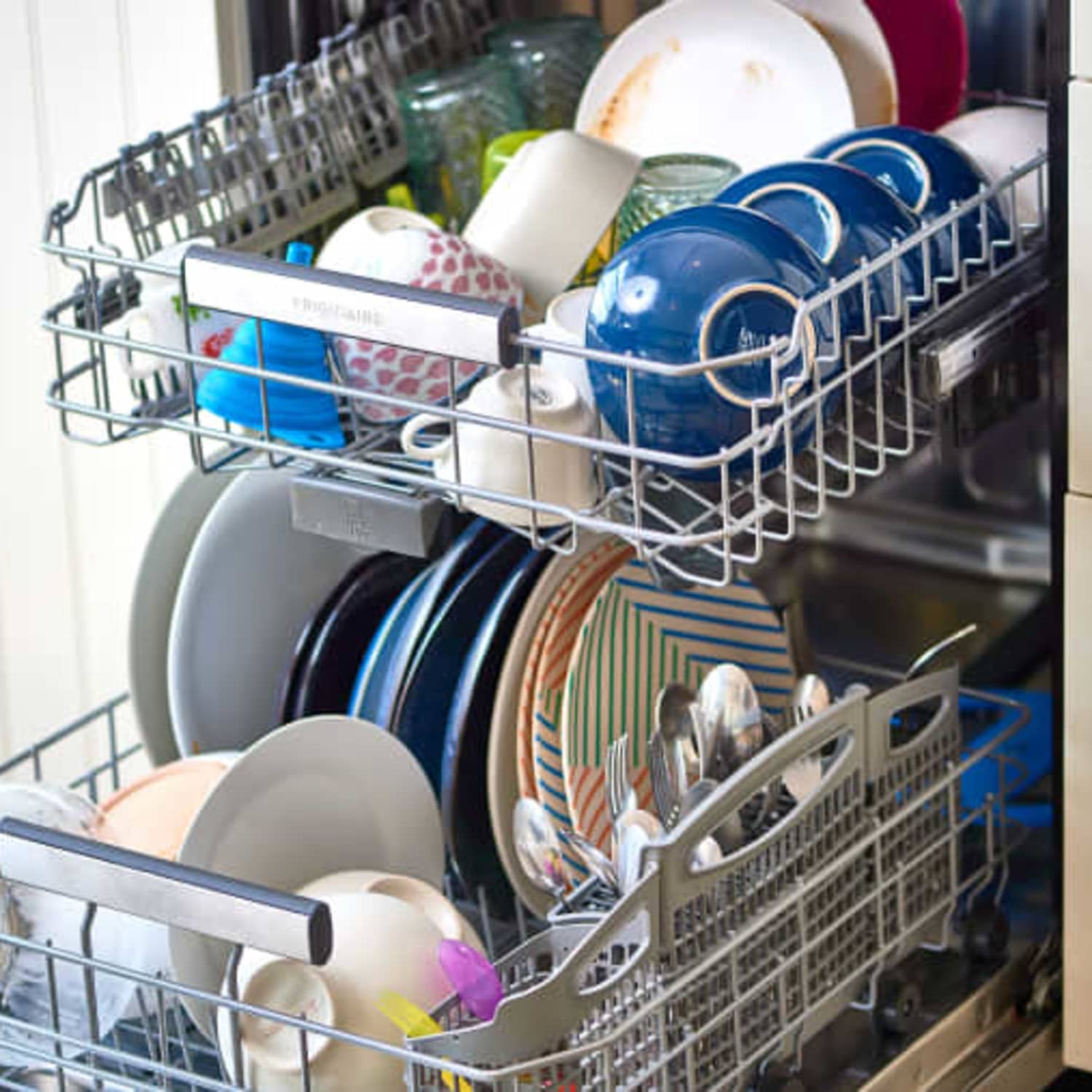Having a screened porch means your family and pets can enjoy the outdoors without worrying about flies and mosquitoes. The type of screen material you choose will determine the durability and visibility of your porch.

Fiberglass is the most common option, but there are other options as well. Aluminum stands up to winds, and bronze resists rust and saltwater. For professional help, contact Deck Builder Stafford.
Fiberglass is the most popular screen fabric for porches because it doesn’t dent or crease as easily as metal screens are prone to do. It is also cheaper than aluminum screens and comes in a variety of color options. It is made with vinyl-coated fiberglass strands which are tightly woven together to make an 18-by-14 mesh that is a little too tight for bugs to crawl through. Because of this, it’s best for keeping pests out of your screened in porch and patio.
If you’re building your own porch, then fiberglass screen rolls are a good option because they can be cut to size and are available in roll widths up to 108” wide. These are a good choice for DIYers who don’t have the budget to hire a professional screen company to install their porch screens. They’re also ideal for homeowners who have pets or children because the mesh is more forgiving and can withstand claws and other sharp objects that might break or tear traditional aluminum screen.
If you’re using a pre-built porch kit that uses spline screening system, then it’s important to pre-drill all of the pilot holes for screws used to fasten the base strips to your screened in porch framing. This will prevent dings and scratches later on. Next, measure your opening and cut a piece of screen fabric that’s a few inches larger than the frame’s dimensions. Have a friend help you hold the screen square against the top channel track and use a roller knife to push the spline into the groove of the track strip. Repeat this step for each side of the opening. Then trim any extra fabric with a utility knife.
Aluminum
Aluminum porch screens provide a durable option that can last up to three times longer than fiberglass. This material is rust-resistant, does not dent or crease easily and offers a variety of color options. It is strong enough to resist the claws of pets and provides excellent visibility. However, because it is so rigid, this type of screen can be difficult to work with. It is also typically more expensive than other types of screens.
Bronze, copper and brass are specialty metals that can be used to add a classic style to your screened porch. These materials are a great choice if you want your porch screens to match the colors of your home or if you are interested in adding a historical feel to your porch. They can be a little more expensive than other types of screening but they are a good investment that will last longer. However, these types of screens can be prone to corrosion depending on your climate.
A screened porch can take your favorite outdoor area and turn it into a second living room. Whether you are looking to keep bugs out, cool down your porch or simply enjoy the view, Long Fence has the porch screen solution for you. To start your project, determine what type of porch screen you need and what purpose it will serve. From there, you can choose the perfect materials and design for your project. We even have do-it-yourself kits that make it easy to build a new screened porch.
High-Visibility Screen Fabric
Many homeowners love to spend time on their porches, soaking in the summer breeze and basking in the sun after a long day. Screened-in porches offer more benefits than simply an insect-free oasis, however. According to Design Builders Inc, homeowners see as much as a 75% return on their investment when they install screened porches.
Choosing the right screen fabric will help you enjoy your porch even more. Depending on your needs, you may want to consider the openness factor of the fabric and whether it is interior or exterior rated. If you are installing a window screen in an exterior-rated product, choose a polyester scrim fabric such as Satine by Mermet or Recscreen 6000P to minimize the Moire effect that can make it difficult to see through the screen.
A high visibility screen will also help you take in more of the natural light and the view of your yard. These screens have very fine fiberglass threads woven into the mesh that provide optimal outward visibility. They are also very durable and easy to clean.
Some types of high-visibility screening have a special hydrophobic coating that repels water, making it easier to keep the screen clean and looking new. This type of screening also has a stronger mesh than standard fiberglass screens, so it’s more resistant to pet clawing and other damage.
Another option for your porch screen is a no-see-um aluminum screen, which is designed to keep out gnats, mosquitoes and no-see-ums without compromising airflow or a picturesque view. This type of screen will also protect patio furniture and fixtures from corrosion in a damp climate.
Solar Screen Fabric
Sun screens, or solar window screening fabrics, are an energy-saving addition to any home. These tightly woven mesh screens help save on energy costs, protect against UV rays, and enhance privacy. They are available in a variety of colors, materials and sizes to meet the aesthetic needs of any space.
A popular choice is Textilene® 80 solar screen fabric, which blocks 80% of the sun’s heat and UV rays. It’s great for homes in hot, sunny climates or where daytime privacy is a priority. It also works well for patios and decks. This durable, pet-resistant and long-lasting mesh is woven from PVC-coated polyester yarns and offers excellent outward visibility and air flow.
You can also choose 90% solar screen, which is darker and blocks more of the sun’s heat and UV radiance. This fabric is ideal for bedrooms and other areas of the home where overheating is a concern and it’s a good choice for desert climates. It doesn’t block out as much natural light, so it may not work as well on porches or other outdoor living spaces.
Besides saving energy, solar screens protect furniture, flooring and artwork from sun damage by reducing harmful ultraviolet (UV) rays. They can also prevent heat from entering a room, making it easier to cool the area when temperatures rise.
Solar screens are a versatile and practical addition to any home, whether they’re used for a patio, pool or veranda. These screen products allow homeowners to use their favorite outdoor spaces without worrying about pesky insects. They can even reduce glare and heat transfer, so they’re a smart choice for commercial spaces as well. Contact us for more information about the benefits of adding solar screens to your property.
Pet-Resistant Screen Fabric
Pets can be a huge part of the family, but they have a tendency to cause damage to standard screen doors and windows. Thankfully, there’s a solution for this: pet-resistant screen fabric. These heavy-duty screens fit into the same frames as standard windows and doors, but they’re made from stronger materials that can withstand scratching and clawing. Plus, they come in a variety of colors to complement your home’s décor.
Often referred to as “pet mesh,” pet-friendly screening material is created from vinyl-coated polyester that’s up to seven times stronger than traditional fiberglass screen. It’s also mildew, oil, salt, and chemical resistant to provide additional durability to the screening material. The polyester scrim supports the coating and provides sturdy tensile strength, elongation, and tear resistance. It’s these qualities that make the pet-friendly screen able to stand up against even the most aggressive and rambunctious of pets.
In addition to being strong, pet-friendly screening is also phthalate free, lead free, and Greenguard Gold certified for safety. This means that it passes all standard toxins tests and is safe for pets, kids, and the environment.

